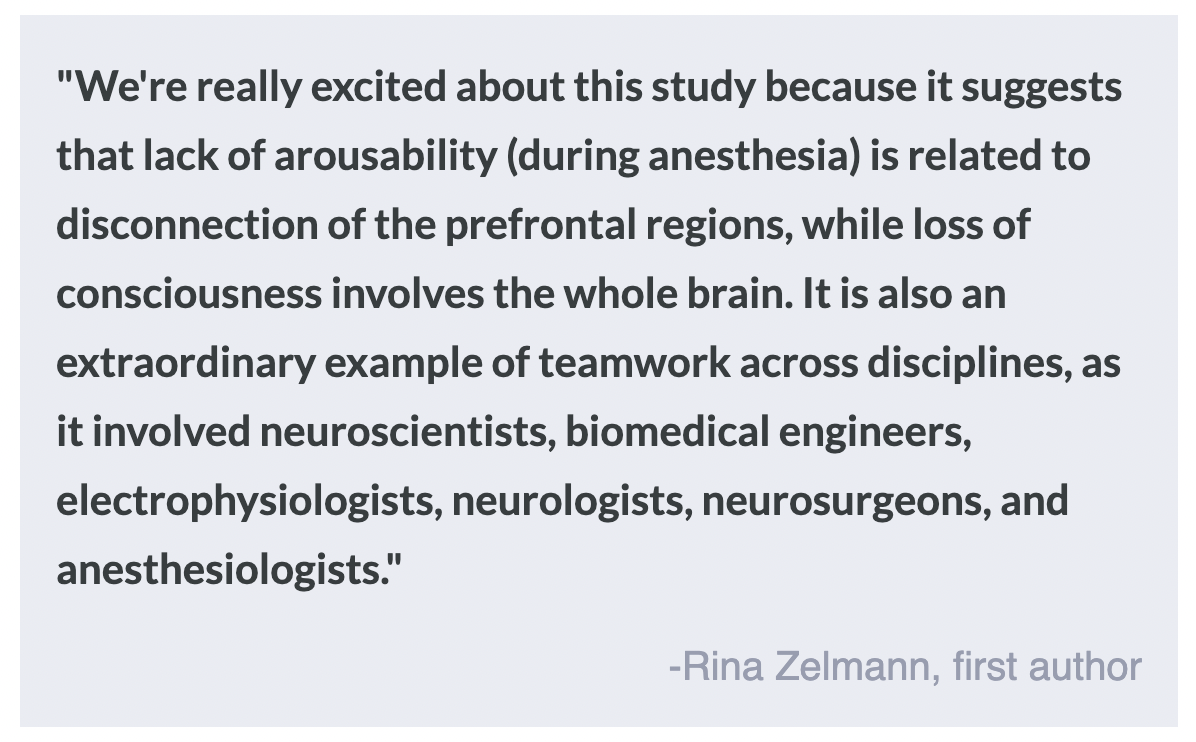The Grit Phenomenon: A New Discovery Or a Recycling of Old Ideas?
Post by Anastasia Sares
The takeaway
The concept of grit—passion, and perseverance for long-term goals—has taken the positive psychology world by storm. Why? It is a predictor of success that is distinct from talent, promoting the idea that consistent, hard work is just as important as raw ability. While the discussion around grit has highlighted the importance of effort and motivation in predicting success, critics argue that it may just be a new name that is redundant with already-existing concepts in psychology.
Grit becomes a buzzword
As of this writing, Angela Duckworth’s 2013 Ted talk on grit has over 30 million views, and her book on the subject has made the New York Times bestseller list. She describes her observation that students with the highest IQ did not always end up with the best grades in class. Duckworth subsequently developed questionnaires to measure what she called “grit” and showed that the scores on these questionnaires could predict success in a variety of domains— children’s spelling bee placement, whether people could make it through intense military training, how long a sales’ clerk would retain their job, and even the likelihood of divorce. The predictive power of grit even held after statistically correcting for other factors like socio-economic status, IQ, and feelings of safety.
Criticisms of grit
But wait, you might ask—is this really the first time that psychologists have thought that being a hard worker is a predictor of success, and tried to measure that relationship? Well, no, it isn’t. Other closely related personality factors include conscientiousness (one of the Big Five personality traits), self-control, work ethic, and so on. The question then becomes whether grit has anything to offer above and beyond these other personality factors. Do the questions in the grit questionnaire tap into something unique, like the idea of long-term goals specifically? And do those questions reliably access this concept?
New studies analyze large collections of questionnaires to look at the relationships between grit and other personality factors based on patterns of people’s answers. With techniques like factor analysis and structural equation modeling, they can statistically measure whether concepts are distinct or not. For example, if you know my grit score, how well can you predict my self-control score? If it’s too easy to predict one score by knowing another, they might be redundant concepts, especially if they both predict success in the same way and statistically controlling for one removes the effect of the other.
One large meta-analysis found that overall grit was very closely related to conscientiousness, but that one of its sub-scores, called “perseverance of effort,” was more independent, and also a better predictor of academic performance than the rest of the questionnaire. Other more recent work has proposed grit to be a sub-facet of self-control.
What's the impact?
Grit may have been known by different names in the past, and it may overlap with other concepts in personality psychology, but there is no question that the idea is extremely popular. This may be because it argues against a narrative of “innate talent” that one either has or doesn’t and instead promises that effort and hard work will pay off.
References +
Duckworth, A. L., Peterson, C., Matthews, M. D., & Kelly, D. R. (2007). Grit: Perseverance and passion for long-term goals. Journal of Personality and Social Psychology, 92(6), 1087–1101. https://doi.org/10.1037/0022-3514.92.6.1087
Duckworth, A. L., & Quinn, P. D. (2009). Development and Validation of the Short Grit Scale (Grit–S). Journal of Personality Assessment, 91(2), 166–174. https://doi.org/10.1080/00223890802634290
Eskreis-Winkler, L., Shulman, E. P., Beal, S. A., & Duckworth, A. L. (2014). The grit effect: Predicting retention in the military, the workplace, school and marriage. Frontiers in Psychology, 5. https://doi.org/10.3389/fpsyg.2014.00036
Meriac, J. P., Slifka, J. S., & LaBat, L. R. (2015). Work ethic and grit: An examination of empirical redundancy. Personality and Individual Differences, 86, 401–405. https://doi.org/10.1016/j.paid.2015.07.009
Credé, M., Tynan, M. C., & Harms, P. D. (2017). Much ado about grit: A meta-analytic synthesis of the grit literature. Journal of Personality and Social Psychology, 113(3), 492–511. https://doi.org/10.1037/pspp0000102
Vazsonyi, A. T., Ksinan, A. J., Ksinan Jiskrova, G., Mikuška, J., Javakhishvili, M., & Cui, G. (2019). To grit or not to grit, that is the question! Journal of Research in Personality, 78, 215–226. https://doi.org/10.1016/j.jrp.2018.12.006
Aguerre, N. V., Gómez-Ariza, C. J., & Bajo, M. T. (2022). The relative role of executive control and personality traits in grit. PLOS ONE, 17(6), e0269448. https://doi.org/10.1371/journal.pone.0269448
Van Zyl, L. E., Olckers, C., & Van Der Vaart, L. (Eds.). (2021). Multidisciplinary Perspectives on Grit: Contemporary Theories, Assessments, Applications and Critiques. Springer International Publishing. https://doi.org/10.1007/978-3-030-57389-8



